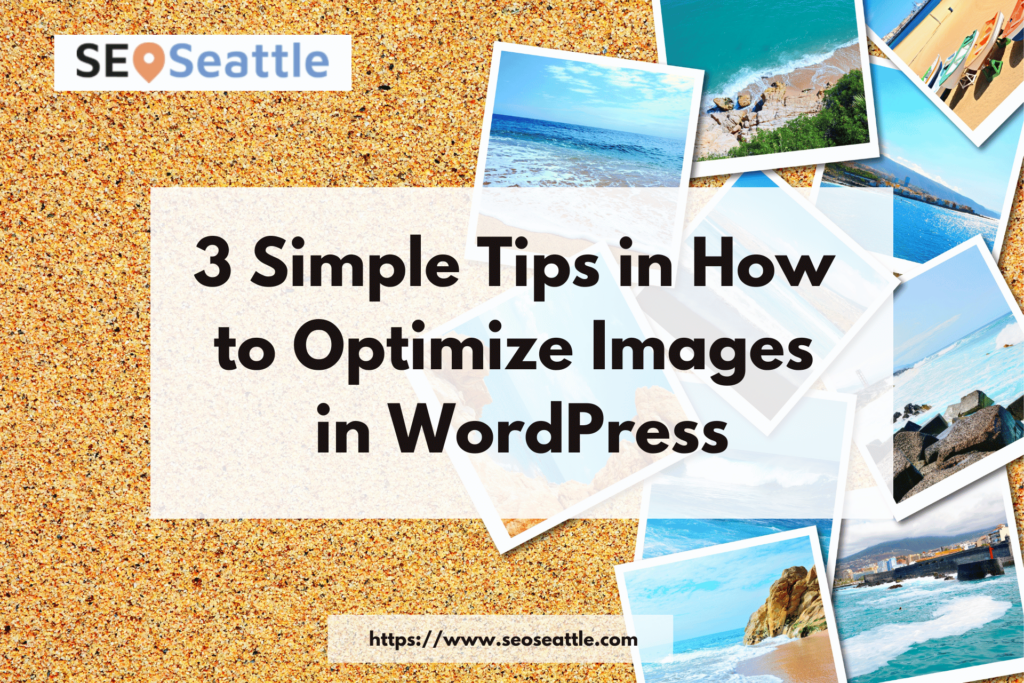Images are a crucial element of your website. Whether they’re used to provide visual context or as a design element to make your site stand out, having high-quality images that enhance the user experience is essential. But simply uploading large images to your WordPress website will not provide the best performance. In order to improve loading times and ensure that your images look their sharpest, here are 3 simple tips you can use to optimize images in WordPress.
Optimize Images Before Uploading them
It’s important to remember that image optimization should start before you upload an image. Make sure to resize any image you upload so that it has appropriate dimensions for the area where it will be placed on the page. You should also compress the image file size so it does not take too long to load on the page. Doing this step ahead of time can save you time and energy when it comes time for final optimization.
Use Appropriate Image File Types
Choosing the right image file type is also important for optimal performance. JPEG and PNG files are two common types of images used on websites, and depending on what type of artwork you’re using, either one may be suitable for your situation. JPEGs are best suited for photographs with lots of colors while PNGs are better for artwork with fewer colors like logos or icons. It’s important to use the right file type as this helps reduce image size without sacrificing quality.
Leverage Image Compression Plugins
Using an image compression plugin is one of the easiest ways to optimize images in WordPress. These plugins help reduce the overall size of an image while maintaining its quality, resulting in faster loading times and improved website performance overall. Some popular plugins include WP Smush and EWWW Image Optimizer—both offer free versions that can help get your site up and running quickly!
Conclusion
Optimizing images in WordPress doesn’t have to be hard if you know where to start! Using these simple tips, small business owners can ensure their websites deliver a great user experience by optimizing their images quickly and efficiently. By resizing images before uploading them, choosing appropriate file types, and leveraging compression plugins, small business owners can take their websites from good to great in no time at all!
